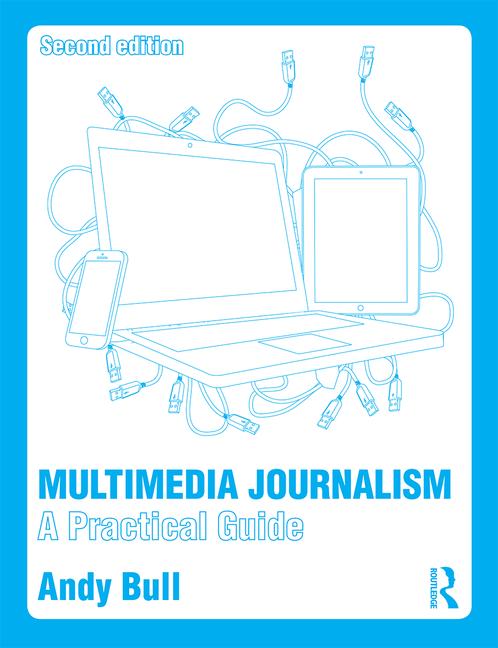Why do games have a place in news?
This post introduces the latest tuition related to my textbook Multimedia Journalism: A Practical Guide

We're not talking about games for diversion here, but rather games that are part of the news offering of a media company.
The idea is that games serve to illustrate the impact of given events or actions much more powerfully than if a story is told through text and other media that do not directly involve the reader.
Gamifying a news story enables readers to interact with the information presented, entering into the story, exploring it and discovering its complexities.
They might, for example, choose options within the story and then discover the consequences. Games make for a more immersive experience.
In a survey of what media companies are doing to make games a part of their offering, Poynter came up with this list of those experimenting with gaming that included The Washington Post, Buzzfeed, the New York Times and AP.
Readers love games
Games are popular - as we'll discuss later, there is a view that if your journalism can't compete with Candy Crush for sheer irresistibility and as an immersive experience, it will fail.
The good news is that news-based games are also very popular with readers. This dialect quiz was the most popular piece of content on the NYT in 2013, according to Poynter. Slate's most popular piece of content to date was this name generator, inspired by a light news story in which John Travolta mangled a name at the Academy Awards Both those examples are entertaining adjuncts to news stories, but games can also be used to tell a story.
Poynter reports that American University has had many enquires from news organisations seeking to incorporate games into its news coverage since it launch an MA in games design
Games allow audiences to experience information in a new way
Programme director Lindsay Grace told Poynter he attributes this growth in interest in games to factors including the ubiquity of mobile devices, and the shift to a culture that views play as productive.
He believes that, done right, games can be useful storytelling tools, because they allow audiences to experience information in a new way. A story experienced through a game may have a more lasting impact, he believes, than a report in which facts and figures are quickly forgotten.
Lindsay gives two examples of games which put a reader into a story.
Cutthroat Capitalism
One, from Wired, is called Cutthroat Capitalism and explains the economics of modern-day piracy by putting the reader in the role of a Somali pirate commander seeking to board supertankers and extract millions of dollars in ransom for their safe return, and for sparing the lives of their crews.There is a conventional story, with facts, background, analysis and video here

Go here to play the game.
This approach could be used in all kinds of major news stories.
You might for example, seek to gamify the story of individuals trapped in a war zone - Syria would be a powerful current location - and allow the reader act out the role of a refugee. They don't just see what is happening to others.
Their role in the game gives them a much more profound - albeit virtual - experience of what happens to a refugee when they take a given course of action. Do they stay put? Do they seek the protection of one faction or another? Do they move to a refugee camp in the region? Do they seek to make the journey to the EU?
Real stories could be used to illustrate what happens if one or other of these options are taken.
The individual stories will be true, and information about the wider context in which those individuals are operating ( and the reader-as-player) can be introduced as the game is played.
Gauging your distraction
Grace's second example, Gauging Your Distraction, from the New York Times, puts the reader in the driving seat of a car and forces them to send and receive texts while navigating a series of obstacles. You could use this format for all kinds of stories which explore the consequences of actions.The place of games in modern news reporting
Maxwell Foxman of the Tow Centre for Digital Journalism has studied the place of games in modern news reporting.
In this NeimanLab report he says: "While games, play and the news have a long history, we find ourselves at an exciting moment as newsmakers' strategies and efforts to playfully engage with users are beginning to see benefits...for digital newsrooms already built around much of the same technology and practices of game designers, a playful approach seems particularly attractive."



